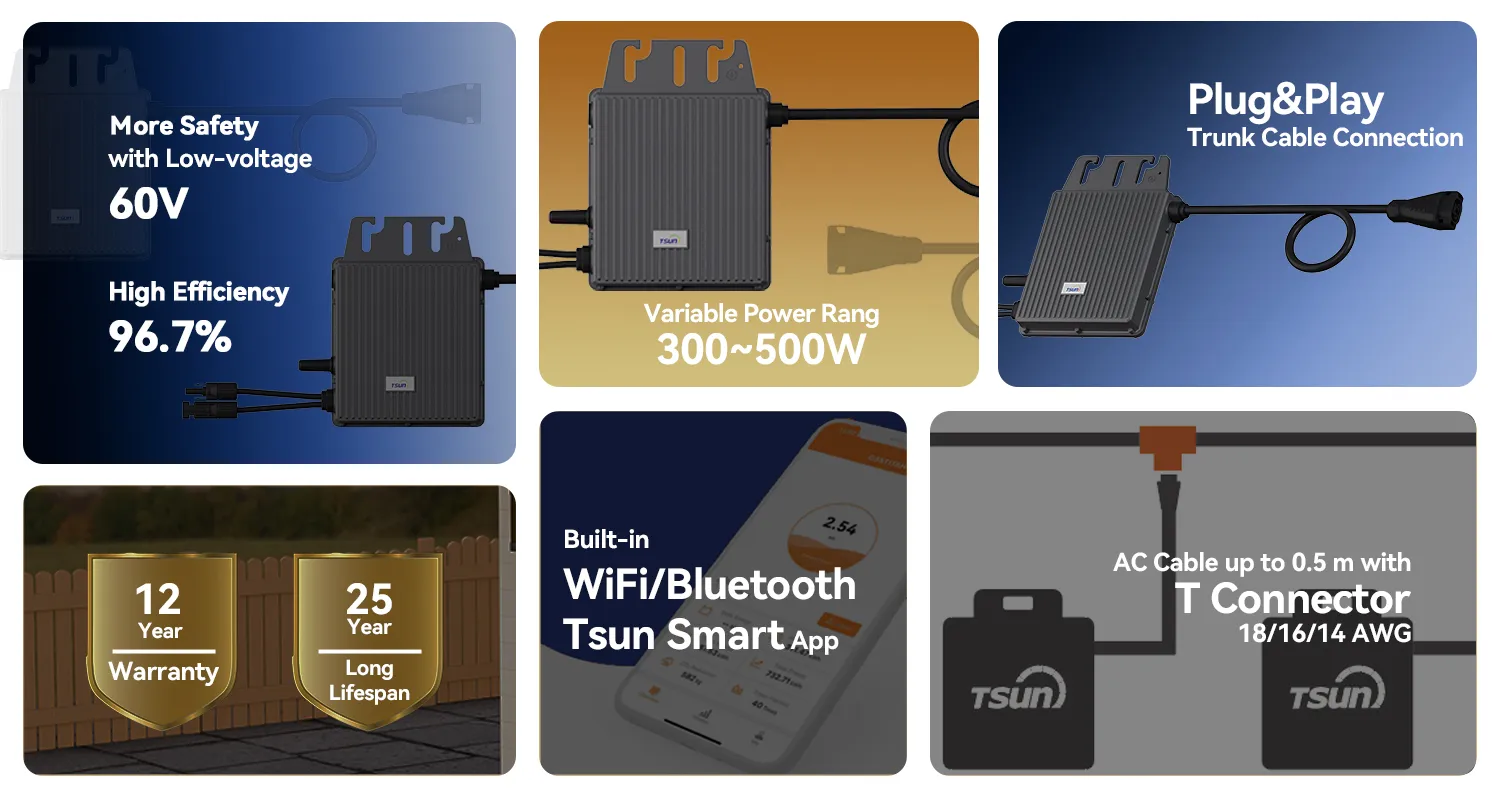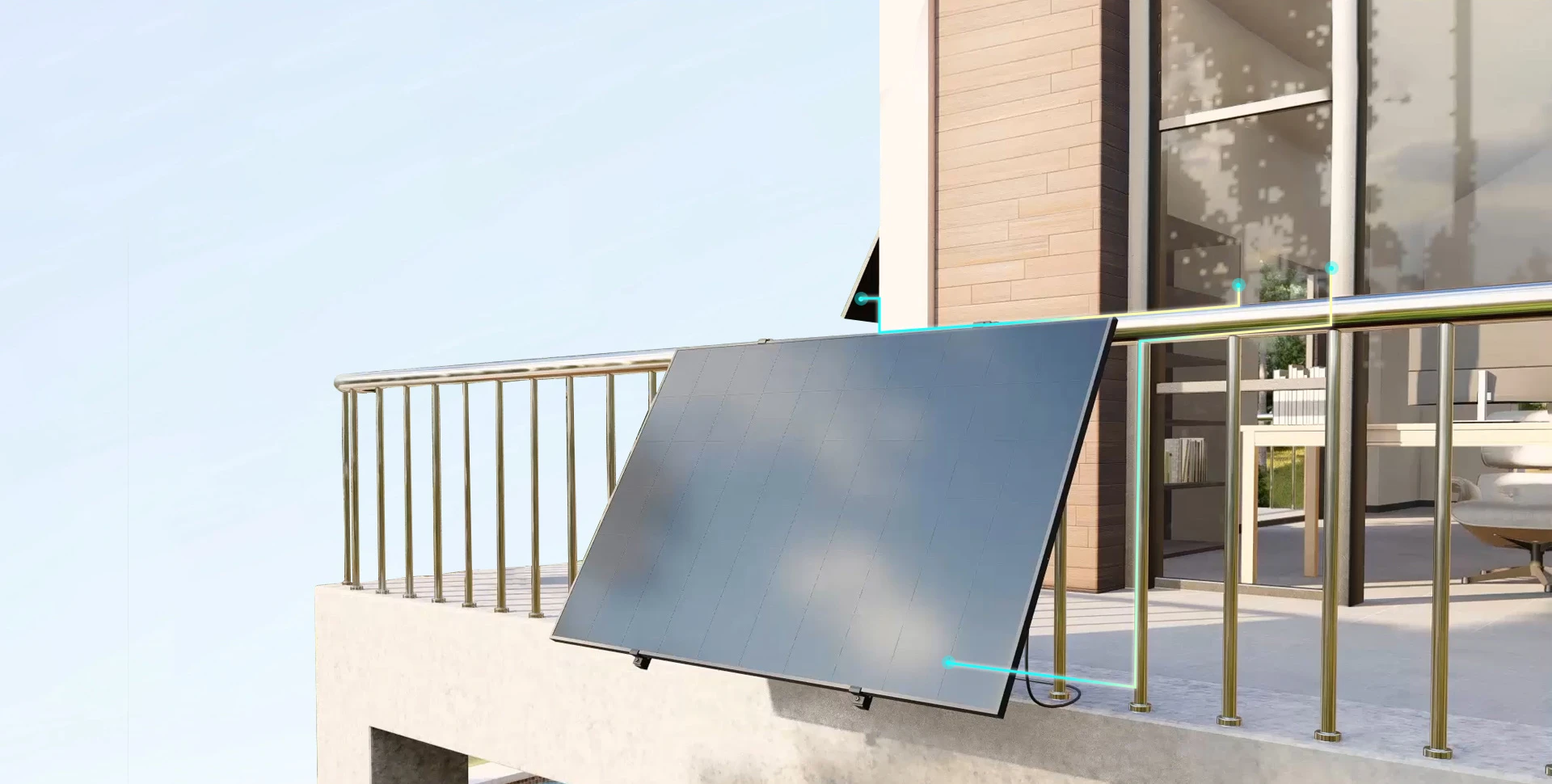In the rapidly evolving solar energy industry, the debate between microinverters and string inverters is a pivotal consideration for homeowners and businesses investing in solar panel systems. Understanding the distinctions between these technologies is crucial for optimizing energy efficiency, ensuring reliability, and maximizing return on investment.

Microinverters are compact devices that are installed on each solar panel. The primary advantage of microinverters is their ability to optimize the power output of each panel individually. This feature is particularly beneficial in scenarios where panels may be partially shaded or oriented at different angles, as microinverters minimize power loss by allowing each panel to operate at its optimum capacity. From an experience standpoint, users report that systems with microinverters tend to deliver more consistent energy output and are less prone to performance issues in complex installations involving variable lighting conditions.
On the other hand, string inverters work by connecting multiple panels in series. They convert the combined direct current (DC) generated by the panel array into alternating current (AC) for home or business use. String inverters are known for their cost-effectiveness and simplicity, making them a popular choice in installations where panels have uniform exposure to sunlight. From a professional perspective, string inverters have a solid track record for reliability and are often easier to install and manage in straightforward setups.

One of the critical aspects of understanding inverters is recognizing their impact on system scalability and maintenance. Microinverters offer enhanced scalability, making it easier to expand solar systems incrementally. For example, if a homeowner wishes to add more panels in the future, microinverters remove the need for significant reconfiguration of the existing system. The modular nature of microinverters also means that if one inverter fails, it does not compromise the entire system's functionality. In contrast, string inverters may require more substantial adjustments to accommodate additional panels, and a single inverter issue can affect the whole array's performance.
microinverters vs string inverters
Expertise in solar technology underscores the importance of considering the electrical and environmental conditions of your installation site. For instance, microinverters might be preferred in areas prone to shading from trees or buildings. In contrast, string inverters could suffice in environments with consistent, unobstructed sunlight due to their lower initial investment and straightforward regulatory compliance in areas with easy grid connectivity.
Investors and energy specialists often highlight the superior data monitoring capabilities provided by microinverters. With insights available for each panel, users can make informed decisions based on real-time data, potentially leading to better long-term maintenance and efficiency upgrades. However, these benefits are often balanced against the initial cost, where string inverters usually have the edge, especially in large-scale applications where budget is a significant concern.
Trust in the choice between microinverters and string inverters is largely built upon the manufacturer's reputation and warranty offerings. Leading brands in the industry offer extensive warranties and support, providing peace of mind across both technologies. It's essential for potential buyers to assess the reliability and customer service history of manufacturers to mitigate risks associated with system failures or performance issues.
In conclusion, the choice between microinverters and string inverters should be guided by a thorough understanding of specific energy needs, site conditions, budget constraints, and scalability requirements. Engaging with experienced solar consultants and reviewing case studies can further enhance decision-making by aligning technical specifications with practical usage scenarios. A balanced approach, considering both immediate and future solar energy needs, ensures a robust and sustainable energy solution.
 LEARN DETAILS
LEARN DETAILS



